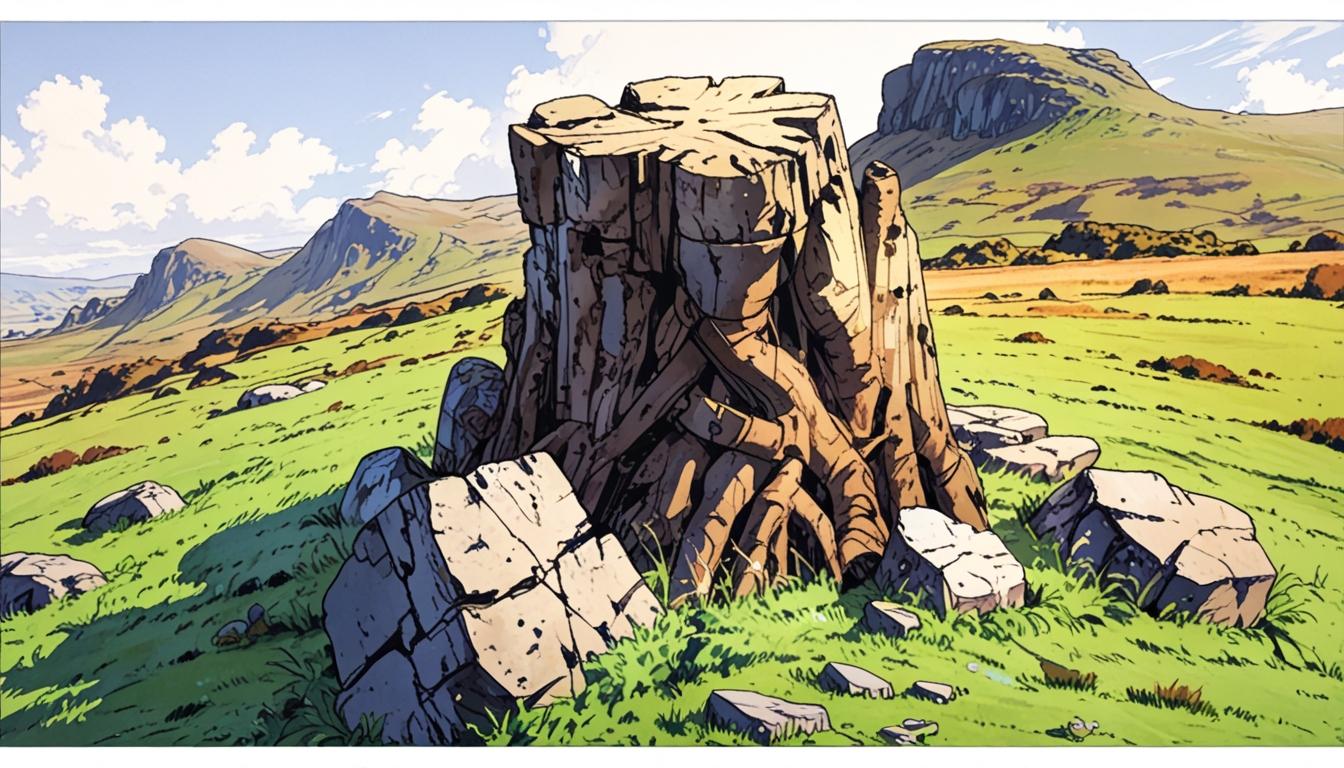Outrage Following the Felling of Sycamore Gap Tree
The felling of the iconic Sycamore Gap tree, a cherished landmark in Northumberland, has not only sparked a wave of public outrage but has also led to serious legal consequences for two men charged with the act. During a recent courtroom session at Newcastle Crown Court, prosecutors described the incident as a “moronic mission” that ignited a firestorm of anger both locally and globally. The defendants, Daniel Graham, 39, from Carlisle, and Adam Carruthers, 32, from Wigton, deny charges of criminal damage related to the 150-year-old tree and the adjacent UNESCO World Heritage Site of Hadrian's Wall.
In a dramatic opening to the proceedings, prosecutors presented video evidence allegedly showing the men in the act, underscoring the severity of the crime. The tree, which stood for over a century and was famously featured in the film "Robin Hood: Prince of Thieves," was described in court as "something so beautiful" that deserved protection, not destructive behaviour. Richard Wright KC, the prosecuting barrister, compared their actions to the “arboreal equivalent of mindless thuggery”, emphasising the public's sense of loss over the tree's demise.
Prosecutors also noted that a significant amount of damage had been inflicted, valued at over £620,000. This figure reflects not only the destruction of the tree but also the impact on Hadrian’s Wall, a culturally and historically significant site. The broader implications are underscored by Historic England, which confirmed damages to the wall and indicated plans for further archaeological assessments. The tree was a prominent feature for walkers and photographers alike, making its loss feel even more poignant.
Following the incident, the emotional fallout reverberated throughout the community. Local authorities, like Glen Sanderson, leader of Northumberland County Council, expressed profound sorrow and anger at the deliberate destruction of such an iconic landmark. The tree had long been a place for joyful gatherings—marriage proposals, family photo opportunities, and even the scattering of ashes—making its loss seem particularly tragic to residents and nature lovers.
In an unexpected twist, the court heard that the men had, in conversations post-felling, seemingly reveled in their actions and referred to the tree as "just a tree." While the defence lawyers contended that the motivations for destroying the Sycamore Gap tree were unclear, the prosecution has focused on the idea that the pair were “in the business” of cutting down trees, suggesting a premeditated act rather than a spontaneous lapse of judgement.
As the trial unfolds, the discussion has not solely centred on legal ramifications. Conversations about the future of the Sycamore Gap site are burgeoning. Local residents are advocating for planting new trees in memory of the iconic landmark, although experts cautioned that any replanting efforts would face complexities due to regulations surrounding the UNESCO site. Some have suggested that seeds from the original tree could eventually grow into new saplings, preserving its legacy in the area.
Despite the ongoing legal proceedings, the decision to display the remaining sections of the felled tree in a local tourist attraction highlights a desire to commemorate the Sycamore Gap tree rather than allow it to fade into mere memory. As its story continues to resonate with people across the globe, the hope remains that some remnants of its spirit will endure, encouraging further dialogue about environmental preservation and community values in the process.
The trial continues, and with so many questions still unanswered, the case of the Sycamore Gap tree exemplifies the profound connection that communities can have with their natural landmarks and raises important discussions about respect for nature in an increasingly urbanized world.
Reference Map:
- Paragraph 1 – [1], [3]
- Paragraph 2 – [1], [3], [2]
- Paragraph 3 – [1], [2], [6]
- Paragraph 4 – [2], [6], [5]
- Paragraph 5 – [1], [4], [7]
Source: Noah Wire Services
